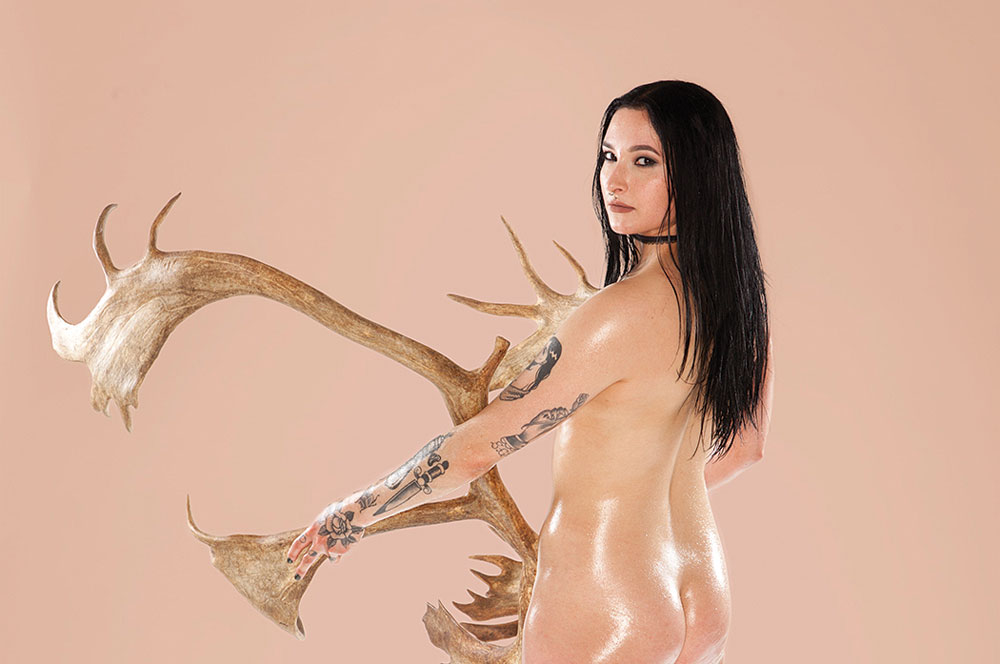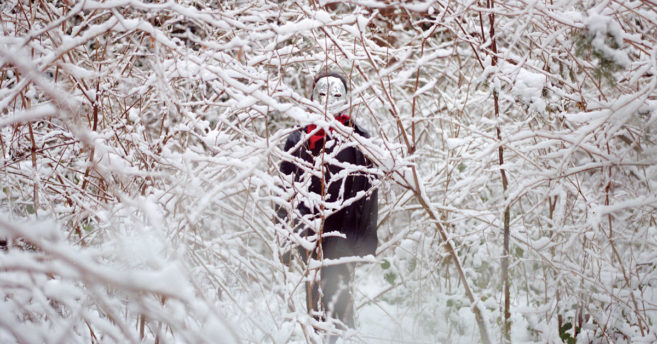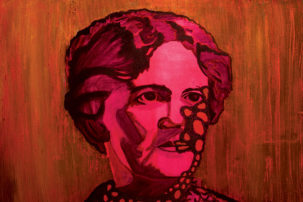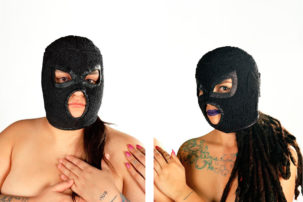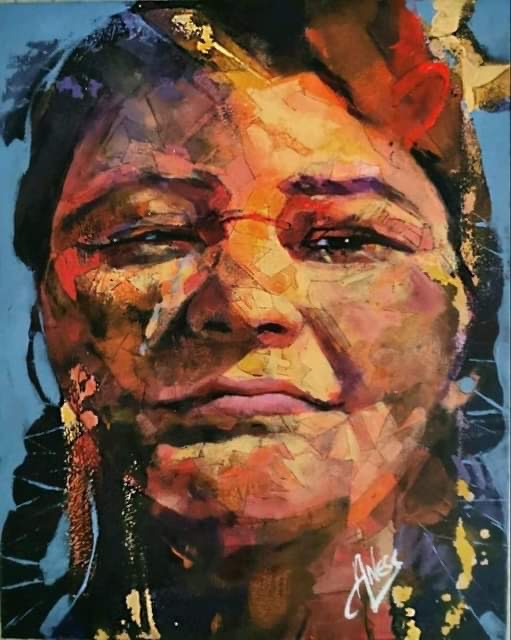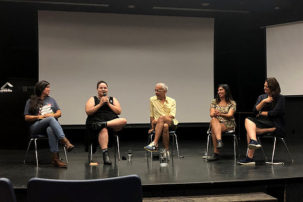The Summer 2017 issue of Canadian Art is a love letter to all my fierce and fabulous relations who ground their work in the kinship teachings that flow throughout our communities. In Dancing on Our Turtle’s Back (2011), Leanne Betasamosake Simpson describes Michi Saagiig Nishnaabeg relational practices as a spiral that starts with ourselves, and then extends to our communities and beyond to create reciprocal relations with all creation. For me, this work began with my participation in the sâkihitowin Plains Cree language class—a grassroots language program started by nimis (my older sister) Chelsea Vowel. Nimis was the first to teach me about extended kinship, and the responsibilities associated with these teachings. I remember to this day what she said to our class when relaying to us Cree kinship teachings as encoded in our languages: “Attentiveness to kinship has the potentiality to free our communities from colonialism through the grounding of good relations.” It was then that I understood why nimis had called her language classroom sâkihitowin (meaning a shared and reciprocal love). By teaching us our language, she was expressing love for us, and for all our relations, bringing us into an infinite chain of connection that links us all.
In my early attempts to connect with my communities’ traditional knowledges, I accessed what I now know to be a masculinist paradigm taught to me through decolonial scholarship—what Zoe Todd has called the Decolonial Dudebro Industrial Complex (D-DIC). I wouldn’t realize until much later how closely masculinist decolonial values align with the gendered colonial hierarchies that had forced their way into my communities. As Erica Lee coined it, it would be the academic (and art) auntie network that would save me. I hold close to my heart the kinship responsibilities taught by women, gender-variant and sexually diverse relations through what Rebecca Belmore has called embodied language. They are present in everything I do in this world, and will do in the next.
In the pages of this issue you will find pipeline-resistance art that defines movements and transcends colonial borders, as told through the eyes of water protector Sâkihitowin Awâsis. Charmaine A. Nelson composes textual portraits of Black (and Indigenous) enslaved people in 18th- and 19th-century Canada that, while unsolicited and non-consensual, reveal to us possibilities for treaty-making and relationship-building with our kin of colour. Erin Sutherland of Ociciwan Collective takes over our Spotlight, and showcases the work of emerging Indigenous artists throughout Turtle Island who are creating and drawing from their relationships. Emerging artists Maanii Oakes and Lauren Crazybull create visual responses to Indigenous literary writing by Gwen Benaway and Billy-Ray Belcourt, respectively. Erika A. Iserhoff of the Setsuné Fashion Incubator takes a look at Indigenous street fashion in Montreal and Toronto, and considers how Indigenous youth wear their identities. Amy Malbeuf produces an artist project that explores how her practice draws from the fierce love already present throughout her life and relationships. You are invited to share in an oral history—a deeply personal account from Heather Campbell that showcases the voices of artists from her community of Nunatsiavut, who are frequently left out of the Inuit art canon. Though I am not afforded the space to summarize all the brilliance in these following pages, I assure you, everything you will find in this issue draws out the fierce love, care and intimacy ever-present and ever-powerful throughout our communities that is far too often overshadowed by the D-DIC.
I’m elated to include an artwork from nîtisân (my sibling) Dayna Danger’s Big’Uns series. InBig’Uns, Danger photographs transgender and gender non-conforming peoples in an attempt to unabashedly and defiantly represent these bodies that are so often stigmatized. Unfortunately, not everyone was ready. On this page you see Adrienne Huard staring out at you from behind, interrupting the colonial-heteropatriarchal gaze, and the censorship that settler viewers require to not look upon our bodies with sexualized voyeurism. This image is not a part of Big’Uns, but divergent of it, created to call into question the censorship of our bodies, and the colonial implications of these interventions. But, as Danger herself once said in response to a white curator who “couldn’t see himself” in her work: This work isn’t for you.
This issue is for all my NDN baby girls, women or otherwise. I see you, trying to love that corpse body back to life. This is my offering to you. You are loved. Your voice is so needed. And I assure you, we can topple this boys’ club together, and return our women, gender-variant and sexually diverse kin to their rightful place—to the centre of our nations. From the deepest recesses of my heart: kinanâskomitin.
Lindsay Nixon is Indigenous editor-at-large of Canadian Art. This post is adapted from their editor’s note in our Summer 2017 issue, on newsstands from June 15 to September 15. For newsstand locations, click here.

